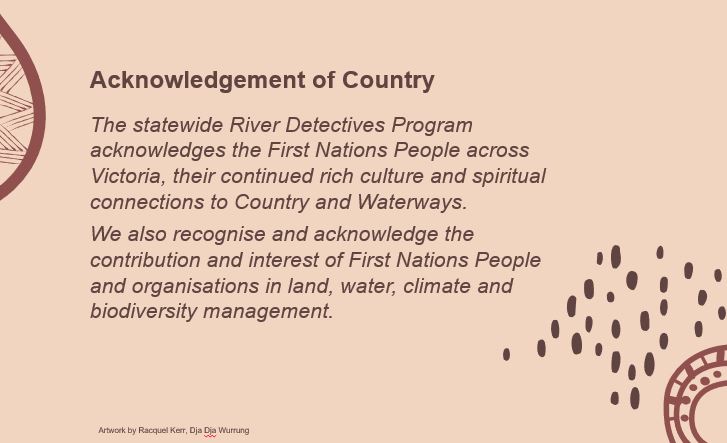Salinity
Explore the issue of salinity and why it is one of the five water quality parameters River Detectives monitor
Introduction to Salinity slideshow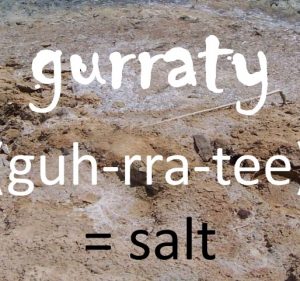
This Salinity slideshow was prepared by Wimmera CMA River Detectives coordinator Jeanie Clark as a self-guided professional development tool for teachers. Includes activity suggestions and teacher notes.
|
Kamarooka Saltland Restoration project fact sheet
This fact sheet will be useful for secondary students to understand the positive impact that strategic revegetation on saline land can make to lower the watertable. Northern United Forestry Group’s Kamarooka Saltland Restoration project site is 30km north of Bendigo. More information about the project can be found here and excursions can be organised by emailing nufg@nufg.org.au
|
Desert Lake – The Story of Kati Thanda – Lake Eyre picture book
It’s raining up north and soon everything will change for the desert lake. The dry salt bed of Kati Thanda-Lake Eyre shimmers in the desert heat. But far up north, the rains have come. Water is flooding into empty riverbeds and swirling down towards the lake. Soon everything will change. Although Lake Eyre is far from Victoria, this is a beautifully written narrative that explores the unique story of one of Australia’s most amazing phenomenon. It builds an appreciation of the wonder and resilience of nature along with the function of a catchment. There are no online versions of this book but a hard copy or big book version can be ordered at your favourite book store. Alternative teacher notes can be found here.
|
Soil Salinity in Australia video
This video was produced many years ago now but does a great job of explaining why increasing soil salinity in Australia is a serious land degradation issue. It outlines how all over the country, salt is rising out of the ground and destroying our farms, homes and towns. To understand why we have this problem, the video takes us back in time for a journey through Australia’s history.
|
How Does Desalination Work ? video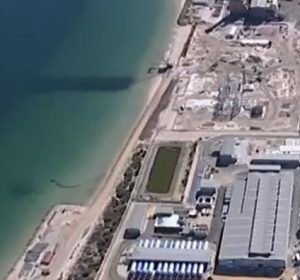
Perth’s water supplies are under pressure. The reason: declining rainfall in the southwest of Western Australia. Watch this video to tour a desalination plant and learn how sea water is turned into drinking water. With similar plants popping up around Australia, will desalination be the solution to our water shortages?
|
Geographic Concepts for a Floodplain and Catchment powerpoint slides
Want to know what some basic floodplain Geographic terms and concepts mean? Jeanie Clark from the Wimmera CMA put together the following three presentations to introduce the basic Geographic terms in a riverine landscape to teachers with little geographic training. Click on the links below to access each one. The slides could also be used with upper primary/secondary students. The Jeparit Showgrounds, Jeparit Primary School’s Waterwatch/ River Detectives site, was used as a local example to describe:
Jeanie is an ex-VCE Geography teacher and can be contacted through the Wimmera CMA for advice/support (time permitting).
|
Salinity Solutions poster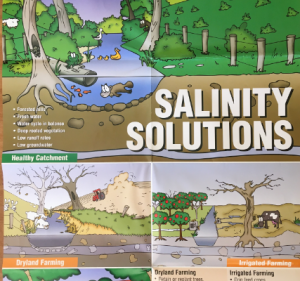
Print this coloured poster at A4 or A3 size for a great visual aid to discuss the features of a healthy catchment and the strategies to reduce salinity in dryland farming, irrigated farming and urban areas.
|
Salinity Photos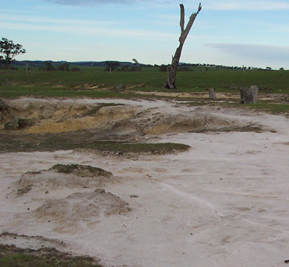
These photos of salt-ravaged land, healthy land, restoration strategies and urban salinity can be used as a springboard for discussion, in conjunction with lessons in the Salinity Environmental Education Resource (see Topics-Salinity) or with some of the activities on the Salinity activity matrix found under the Dive Deeper tab.
|
Restoring salt affected land video
West Australian farmers Tim and Val Saggers have been restoring salt affected land on their farm for more than a decade, using native perennial shrubs and grasses. Although native perennial pastures are not yet a popular option in WA compared to the eastern states, the Saggers’ have not been deterred and have managed to reclaim once unproductive land and made their farm more productive and sustainable for future use. Although not a local example, this video follows principles that are effective in any salt-ravaged environment.
|
Salinity Environmental Education Resource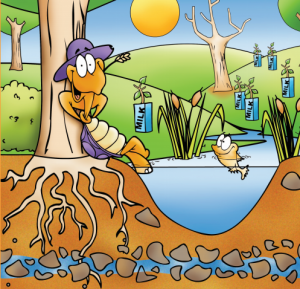
The North Central CMA developed this package in 2002 and although it has links to the obsolete curriculum document CSF II, it is jam-packed with engaging cross-curricular activities to enhance student understanding of salinity. Primarily aimed at Year 5 and 6 students the lesson plans and activities are easily adaptable to lower primary and lower secondary. Introductory content can be found by clicking the resource title above and lesson plans/activity sheets for each curriculum area can be accessed using the links here; English, SOSE, Science, Maths, The Arts, HPE, Extras Some lesson plans refer to photos on a CD. A selection of these photos are available here.
|
Salinity Scale
Use this resource to check the salinity tolerances of humans, crops, livestock, compare your EC results and understand how salinity can impact on all areas of life.
|
Salinity in our waterways poster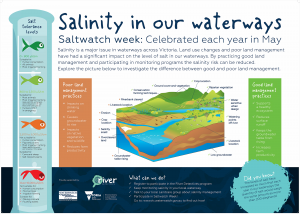
Use this poster to explore the issue of salinity and examine positive and negative land management practices that contribute to the issue.
|
Salinity – fact sheet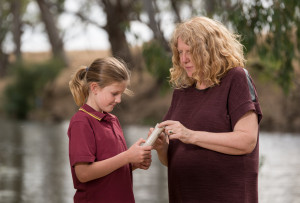
Salinity refers to the movement and concentration of salt through the landscape. Find out more here!
|
Fresh and Salty Booklet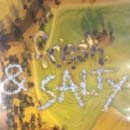
This booklet complements the Fresh and Salty video with teacher notes and lesson plans
|
Fresh and Salty video
Fresh and Salty is a highly engaging short animated film produced by the Wimmera CMA. It is the perfect way to introduce the topic of salinity to your students
|

